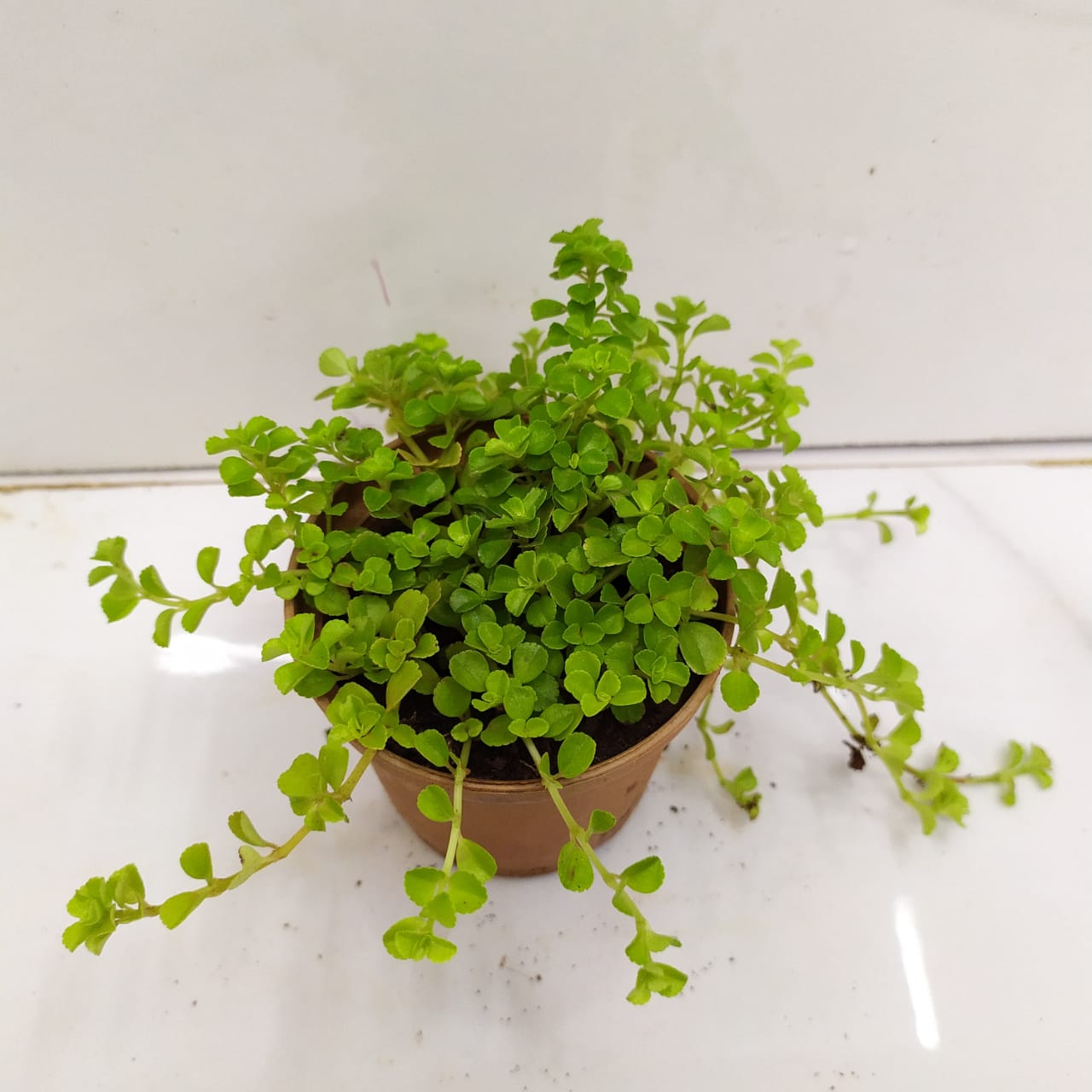Tears baby pilea silver plant plants cuttings
Table of Contents
Table of Contents
Pilea Baby Tears: The Enchanting Plant that will take your Home Decor to a Whole New Level
Are you looking for a plant that is easy to care for, looks charming, and is great for hanging baskets? Look no further than the Pilea Baby Tears. The adorable little foliage features round, silver leaves that cascade over the pot’s edges, resembling tears of joy. These plants are native to Central and South American rainforests and are a popular choice for those who seek low-maintenance houseplants. Read on to discover why these enchanting plants are the perfect addition to any home decor.
If you are struggling to keep your indoor plants alive, the Pilea Baby Tears can be a perfect solution. These plants are excellent for beginners, low-light spaces, and those who tend to forget to water their plants. With appropriate care, Pilea Baby Tears can thrive in your home without putting stress on your schedule. And since they are relatively easy to propagate, you can quickly multiply the number of plants in your collection.
If you seek a plant that will elevate your home’s aesthetic, consider the Pilea Baby Tears. These plants provide an excellent combination of elegance and simplicity. They are small and delicate, making them perfect for office desks, hanging baskets, or terrariums. Pilea Baby Tears are an instant mood booster and can instantly transform any dull corner into a charming nook.
Now that you understand why Pilea Baby Tears are such a delight, let’s dive into their care and propagation requirements. By following our guidelines, you can ensure that your plants remain lush and healthy, all year round.
Propagation of Pilea Baby Tears: A Step-by-Step Guide
For propagation, fill a pot with suitable soil and drench it with water. Take a few cuttings from the mature plant and place them in the pot. Keep the pot in a spot with indirect sunlight and water it regularly. Within a few weeks, the plant will start growing new roots and leaves, and you will have yourself a new Pilea Baby Tears.
As someone who has been growing Pilea Baby Tears for a while now, I can attest that these plants are easy to manage and incredibly enchanting. I like to plant them in various hanging baskets and let them dangle over the corners of my living room. I find that these foliage add a touch of tranquility to my home and make for an exceptional conversation starter when entertaining guests.
How to Care for Pilea Baby Tears
Pilea Baby Tears needs to stay moist but ensure that you do not over-water it, as excessive water can lead to root rot. Watering once a week is sufficient for these plants. Consider the spot where you will be keeping your Pilea Baby Tears. Although these plants prefer bright indirect light, they are susceptible to burning if exposed to direct sunlight for prolonged periods. Ensure that the plant receives filtered light, particularly during summers.
Propagating Pilea Baby Tears
Propagation is an easy and effective way to grow new Pilea Baby Tears. Simply take cuttings from the mature plant and plant them in a pot filled with soil. Ensure that the pot receives sufficient indirect sunlight and moisture. In a few weeks, roots will start growing, and you will soon have another stunning plant to add to your collection.
Common Issues with Pilea Baby Tears
Although relatively easy to manage, Pilea Baby Tears can run into some issues. Overwatering is the most common issue, leading to root rot or fungus gnats. Ensure that you water only when the top two inches of soil are dry. Other issues include yellowing leaves or dried-out foliage. Consider monitoring your plant closely and adjust your watering habits accordingly.
Pilea Baby Tears: Frequently Asked Questions
1. How often should I water my Pilea Baby Tears?
Wait until the top two inches of soil feel dry to the touch, and then water your Pilea Baby Tears. This usually occurs once a week.
2. Can Pilea Baby Tears thrive in low-light areas?
Yes, Pilea Baby Tears can do well in low-light areas. However, they can also grow well in moderate to bright light.
3. How often should I fertilize my Pilea Baby Tears?
You can fertilize your Pilea Baby Tears once a month during the growing season. Use a diluted, balanced houseplant fertilizer.
4. What is the best temperature range for Pilea Baby Tears?
Pilea Baby Tears prefer a temperature range of 60-75°F.
Conclusion of Pilea Baby Tears
With its stunning appearance and easy-to-care-for nature, the Pilea Baby Tears is an excellent addition to any home decor. These plants are ideal for those who are busy or just starting their plant parenting journey. By following our care guide and propagating tips, you will be able to enjoy the delightful sight of Pilea Baby Tears in your home for years to come.
Gallery
Pilea Silver Baby Tears, Cuttings X5 | Perfect Plants, Hanging Plants

Photo Credit by: bing.com / tears baby pilea silver plant plants cuttings
Pilea Depressa ‘Baby’s Tears’

Photo Credit by: bing.com / pilea depressa tears baby
Care For Pilea Depressa Baby Tears: How To Care And Grow It - Garden Go

Photo Credit by: bing.com / tears pilea depressa babys houseplant
Pilea Depressa ‘Baby Tears’ - NurseryBuy

Photo Credit by: bing.com / tears pilea baby depressa
Pin On We Love Houseplants!

Photo Credit by: bing.com / pilea glauca aquamarine trailing





